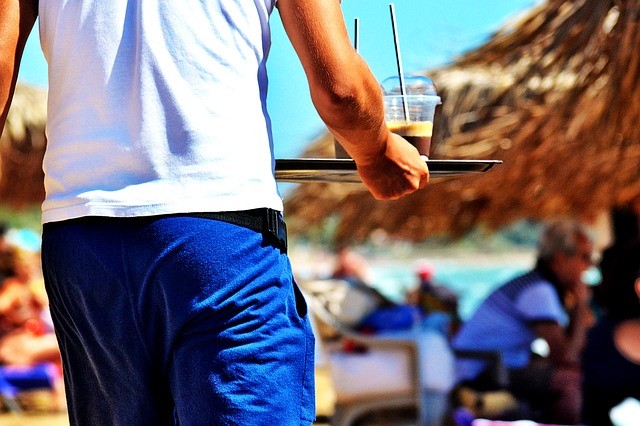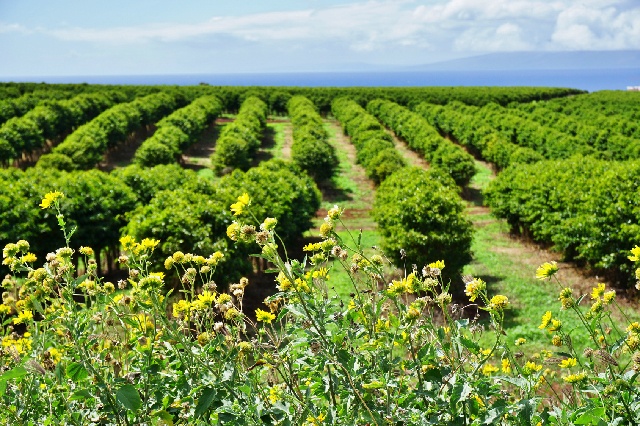Hawaiian Kona Coffee planting Culture introduces why Kona Coffee is getting less and less.

Let's take a look at the coffee industry in Hawaii. This is the famous Kona coffee in Hawaii, but what is its origin?
Coffee transplant of Spaniards
In the first half of 1800, coffee was transported to Hawaii. It is believed that Spaniards grow coffee trees on the island of Kauai, but their true intentions are uncertain.
They tried to build their own coffee plantation through immigration, but in the end he was unable to build a large one. It is said that the same is true for Oahu, the leader in the spread of coffee brought back from Brazil, "Bogi".
Coffee spreads on Cona Island.
In 1828, a Christian missionary brought home coffee from Oahu to Kona to decorate coffee. Despite watching, it is said that the coffee tree is growing steadily, and Kona is covered with coffee grounds.
At that time, the opening of coffee plantations in the Hawaiian Islands was increasingly reduced by natural disasters and pests. As a result, coffee plantations are concentrated only on the island of Kona, while on other islands they shift from coffee plantations to sugar cane.
The climate and proper soil of Kona Island
Farmers in Kona also want to own sugar cane plantations. However, such a climate and Kona's soil is suitable for coffee and is not suitable for growing sugar cane.
The activities of Japanese immigrants

While other immigrants gave up growing sugar cane in Kona and left the island, Japanese immigrants from Japan continued to grow coffee on the island. Dynamic mobility has affected the exchange of individual farmers and landlords from large planting systems, and Japanese and Americans continue to use their own farms to make coffee.
As a result, in 1900, about 80% of Kona's coffee was made by Japanese-Americans. At that time, not only coffee farmers, but also Japanese-run hotels and shops were held in Kona, and there was a "Japanese town".
Even now, there are many Japanese on the island of Kona, which has become the land of unique cultures such as temples.
The coffee industry in Hawaii
It is no exaggeration to say that the Japanese coffee industry, which continues to the present day on the island of Hawaii, has the support of Japanese immigrants. The diligence and patience of the Japanese make Kona Coffee one of the biggest brands.
Lovely coffee. I often get gifts from Hawaii. If you speak after understanding these plots, you may feel that the taste is also different.
Important Notice :
前街咖啡 FrontStreet Coffee has moved to new addredd:
FrontStreet Coffee Address: 315,Donghua East Road,GuangZhou
Tel:020 38364473
- Prev

The most beautiful story of the discovery of coffee introduces which country is the story of "looking for the Legend of Omar".
Exchange of professional baristas Please pay attention to the origin of coffee in the coffee workshop (Wechat official account cafe_style) several times, but in fact, the origin of coffee is not clear, there are many legendary stories. One of the most famous episodes is the search for the legend of Omar. Sheik Omar, a Muslim saint, is a very respected Muslim saint. He prays for governance.
- Next

Different roasting degrees of coffee beans changes in acidity and bitterness which roasted coffee should be chosen
For professional baristas, please pay attention to the bitterness of coffee in the coffee workshop (Wechat official account cafe_style). The bitterness of coffee varies with the degree of roasting. Of course, the original characteristics of coffee beans are also involved, but to some extent can be controlled by roasting. Let's take a look at the bitterness of coffee beans depending on the degree of roasting. At first, coffee is not bitter. We usually see coffee.
Related
- Beginners will see the "Coffee pull flower" guide!
- What is the difference between ice blog purified milk and ordinary milk coffee?
- Why is the Philippines the largest producer of crops in Liberia?
- For coffee extraction, should the fine powder be retained?
- How does extracted espresso fill pressed powder? How much strength does it take to press the powder?
- How to make jasmine cold extract coffee? Is the jasmine + latte good?
- Will this little toy really make the coffee taste better? How does Lily Drip affect coffee extraction?
- Will the action of slapping the filter cup also affect coffee extraction?
- What's the difference between powder-to-water ratio and powder-to-liquid ratio?
- What is the Ethiopian local species? What does it have to do with Heirloom native species?

